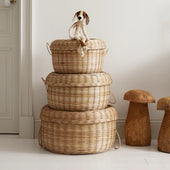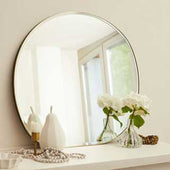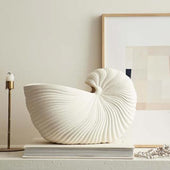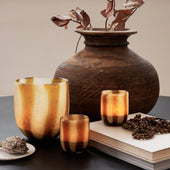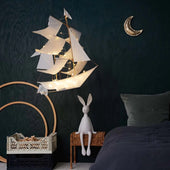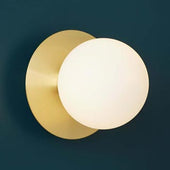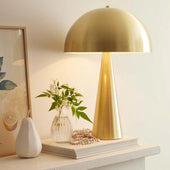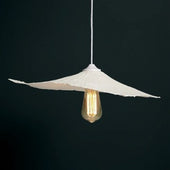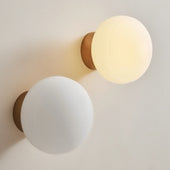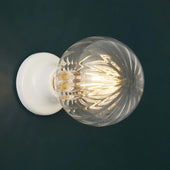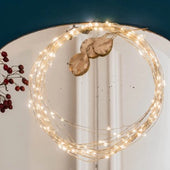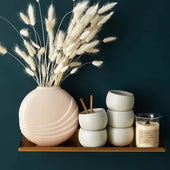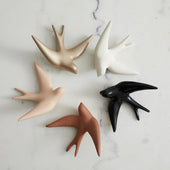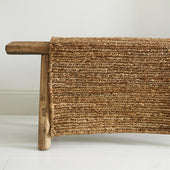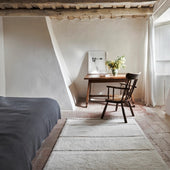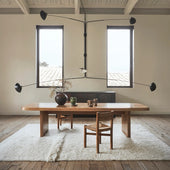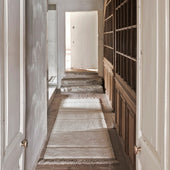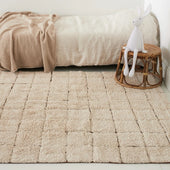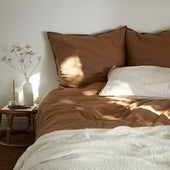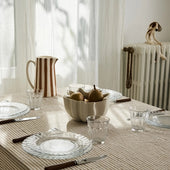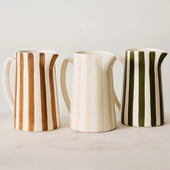Color temperature is an essential aspect to consider when choosing your LED bulbs. It not only influences the ambiance of a room, but also how the colors of walls, paintings, fabrics, and furniture are perceived. This detailed guide will help you understand the Kelvin scale, color equivalences, and how to choose the right color temperature for each room in your home.
What is Color Temperature?
Color temperature is a measurement that describes the appearance of light emitted by a light bulb, measured in Kelvin (K). Contrary to popular belief, a lower color temperature produces a warmer (yellow-orange) light, while a higher temperature produces a cooler (bluish) light.
Kelvin Scale and Color Equivalences

-
2000K-3000K : This range produces a warm light, ranging from orange-yellow to yellow. It creates a warm and welcoming atmosphere, ideal for living rooms and bedrooms.
- Equivalence : Light similar to that of traditional incandescent bulbs.
- Mistakes to avoid : Too high a temperature in this range can result in an overly orange appearance, which can appear old-fashioned or tiring to the eyes.
-
3100K-4500K : This range offers a neutral or warm white light, perfect for spaces where brightness is needed without sacrificing usability, such as kitchens and bathrooms.
- Equivalence : Often compared to natural morning or afternoon light.
- Mistakes to avoid : Avoid temperatures that are too low, which can make the space look dull.
-
4600K-6500K : These temperatures produce a cool white light, which is energizing and often used in offices or workspaces.
- Equivalence : Similar to daylight or cloudy daylight.
- Mistakes to avoid : Light that is too cold can give a room a clinical, hospital-like appearance, which can be unwelcoming in a living space.
Standard Values for a House
For general home use, the following color temperatures are often recommended:
- Living room and bedrooms : 2700K-3000K for a warm and relaxing atmosphere.
- Kitchen and Bathroom : 3500K-4100K for a balance between warmth and brightness.
- Offices and Workspaces : 5000K-6500K for bright, stimulating light.
Decorating Tips
Avoid Mixing Temperatures
Using bulbs of different temperatures in the same room can create an unbalanced and unpleasant ambiance. For visual harmony, it's best to stay consistent with the color temperature in each space.
Test before you buy
If possible, test different color temperatures to see how they affect the perception of color in your space. This will allow you to make an informed choice and avoid unpleasant surprises.
Consider the Use of the Room
Adjust the color temperature based on the room's use to create the desired ambiance. For example, warm light is ideal for relaxation areas, while cooler light is better for workspaces.
Impact on Wall and Fabric Colors
Color temperature can also influence how the colors of walls, paintings, fabrics, and furniture are perceived. Warm light can make reds and yellows more vibrant, while cool light can accentuate blues and greens. Therefore, it's important to choose a color temperature that complements your interior design.
Conclusion
Choosing the right color temperature for your LED bulbs is essential for creating a harmonious and pleasant atmosphere in your home. Take the time to carefully select and test different options to fully enjoy your space.
To help you choose the ideal type of light bulb for your home, check out our Complete Guide: How to Choose Your LED Light Bulb.
Feel free to browse our selection to find the perfect LED bulb for your needs!

